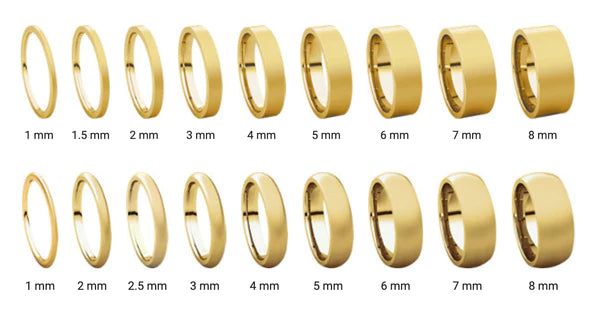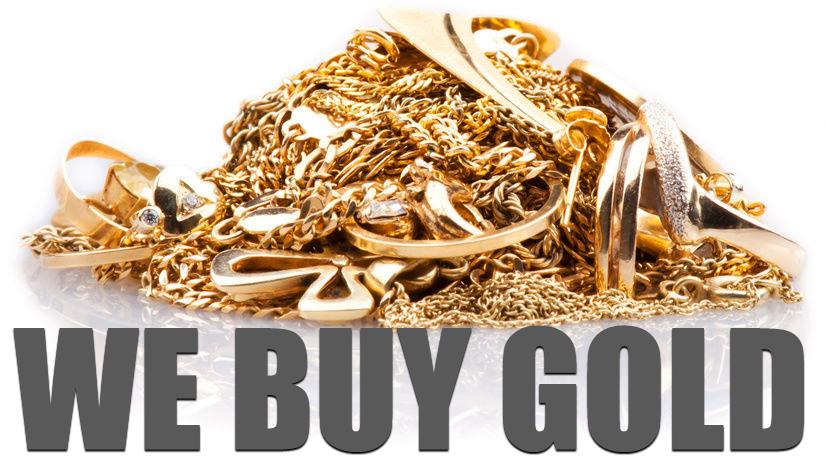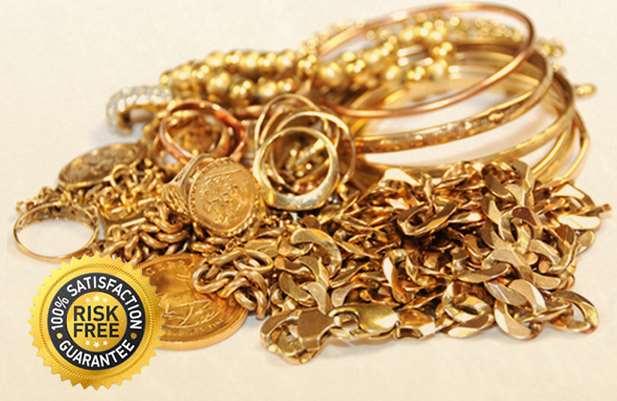Sustainable Jewelry: Ethical Sourcing Shaping the Industry
In recent years, the jewelry industry has undergone a significant transformation, with a growing emphasis on sustainability and ethical practices. Consumers are becoming increasingly conscious of the environmental and social impact of the products they purchase, including jewelry. As a result, there has been a surge in demand for sustainable jewelry crafted through ethical sourcing practices.
Ethical sourcing in the jewelry industry encompasses a range of considerations, from the origin of the materials used to the working conditions of artisans and miners. Here, we explore how sustainable jewelry is redefining the industry through its commitment to ethical sourcing.
-
Responsibly Sourced Materials: At the heart of sustainable jewelry lies the responsible sourcing of materials. Precious metals such as gold, silver, and platinum, as well as gemstones like diamonds, rubies, and sapphires, can have a significant environmental and social footprint. Ethical jewelry brands prioritize sourcing materials from mines and suppliers that adhere to stringent environmental and labor standards. They often opt for recycled metals and ethically mined gemstones to minimize the impact on the environment and communities.
-
Fair Trade Practices: In many parts of the world, artisanal miners extract precious metals and gemstones under harsh conditions, often facing exploitation and unsafe working environments. Sustainable jewelry brands advocate for fair trade practices, ensuring that miners and artisans receive fair wages, safe working conditions, and opportunities for development. By supporting fair trade initiatives, consumers can contribute to improving the livelihoods of those involved in the jewelry supply chain.
-
Transparency and Traceability: Transparency is key to building trust between consumers and jewelry brands. Ethical jewelry companies prioritize transparency by providing detailed information about the sourcing and production processes of their pieces. This includes tracing the journey of materials from mine to market, disclosing any third-party certifications, and sharing stories about the artisans behind the jewelry. By offering transparency, brands empower consumers to make informed choices aligned with their values.
-
Community Engagement and Empowerment: Sustainable jewelry goes beyond mitigating negative impacts; it also seeks to create positive change within communities. Many ethical jewelry brands engage in community development projects, such as building schools, providing healthcare services, or supporting sustainable livelihood programs. By investing in local communities, these brands foster long-term relationships built on mutual respect and empowerment.
-
Innovative Design and Craftsmanship: Sustainability and ethical sourcing do not compromise on design and craftsmanship; in fact, they often inspire creativity and innovation. Sustainable jewelry designers explore alternative materials, innovative techniques, and unique aesthetics to create pieces that are both beautiful and eco-friendly. From minimalist designs to intricate creations, sustainable jewelry reflects the diverse tastes and values of modern consumers.
In conclusion, sustainable jewelry is reshaping the landscape of the industry by placing a strong emphasis on ethical sourcing practices. By prioritizing responsibly sourced materials, fair trade practices, transparency, community engagement, and innovative design, ethical jewelry brands are not only meeting the growing demand for sustainable products but also driving positive change throughout the supply chain. As consumers become more conscientious about the impact of their purchases, sustainable jewelry stands as a beacon of hope for a more ethical and environmentally responsible future.

















